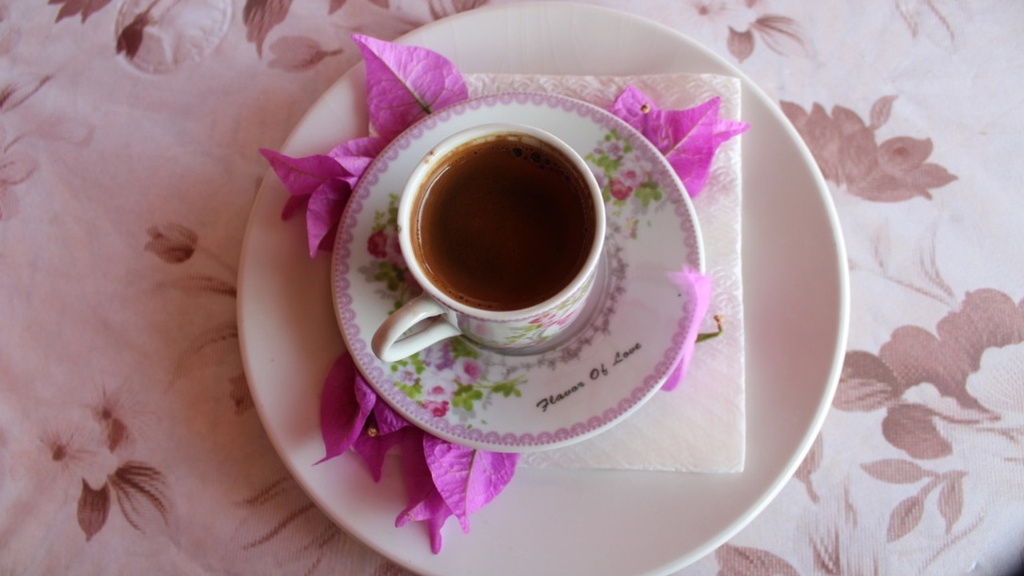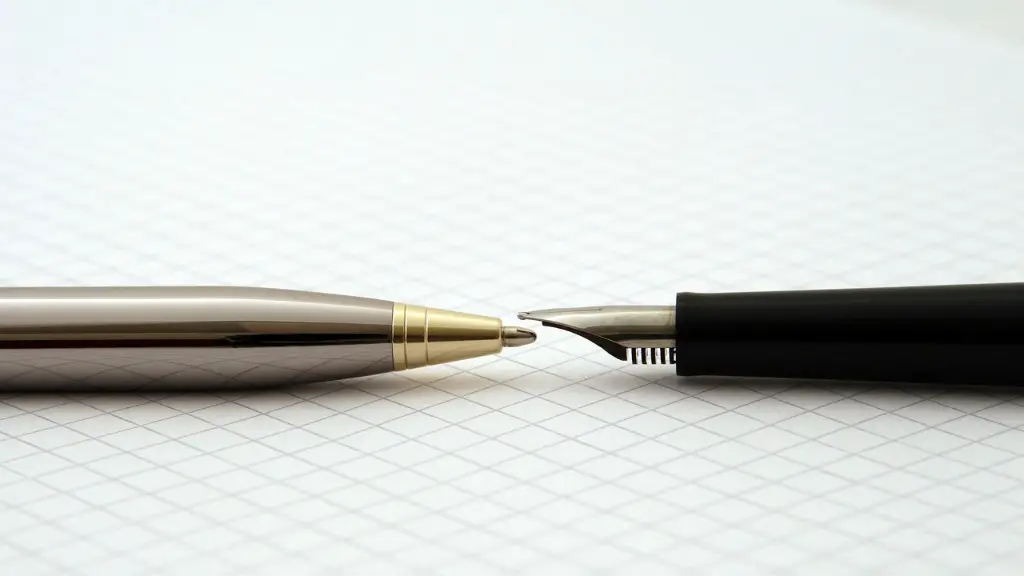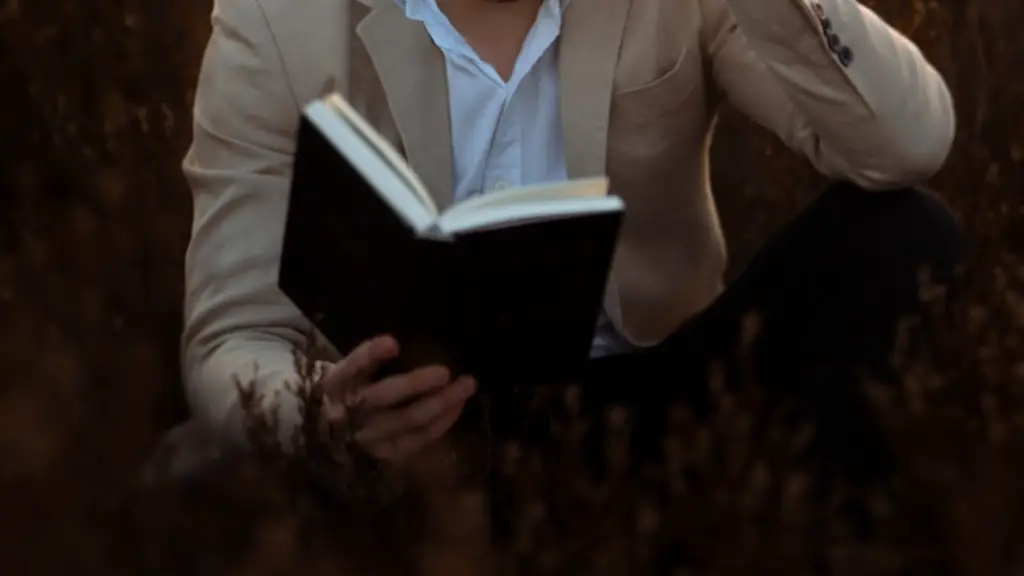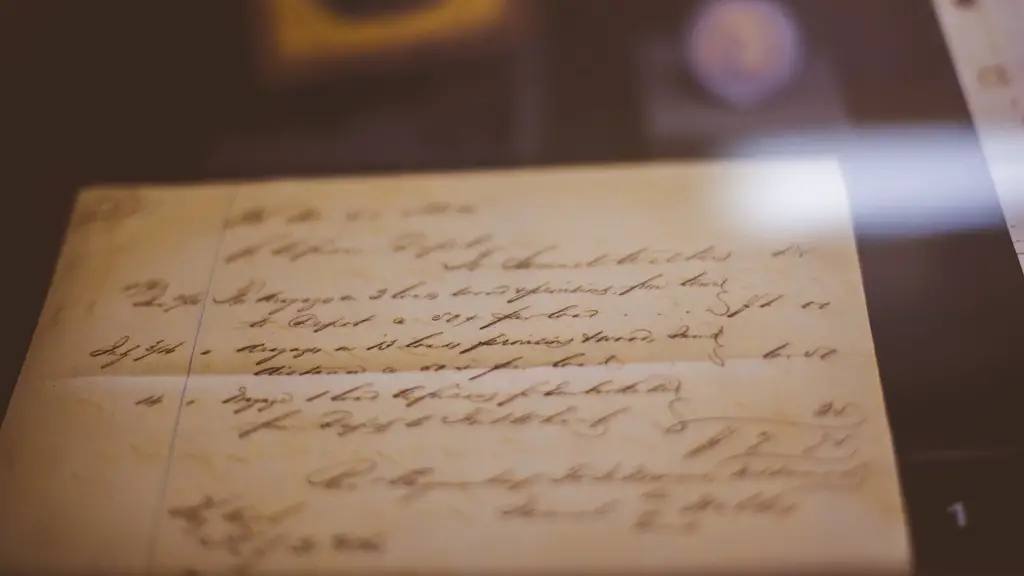Origins
Western poetry is a written form of expression that has been around for centuries. It is a key contributor to literature, storytelling and performance art. Most of the Western poetry originated during the classical period of Greece and Rome. These early forms often followed specific metrical patterns, such as a 4-beat, long syllable pattern or a 3-beat, a combination of long and short syllables. Additionally, poets also used imagery and dramatic themes to convey a message to their listeners. Later, more modern forms of Western poetry began to influence the genre, as poets started experimenting with free verse and more abstract forms of expression.
In Medieval Europe, the troubadours composed songs that followed the practice of oral storytelling traditions. These mastered works of poetry provided political and social commentaries on the world at the time and often sentimentalised stories of love, morality and life. During the Renaissance period, the Petrarchan sonnet and the Spenserian stanza emerged, providing structure to poetry. This highly refined and stylistic version of Western poetry was further developed during The Enlightenment, as poets started exploring the Romantic movement.
Forms
The main forms of Western poetry include lyric poetry, narrative poetry, epics, sonnets, odes and ballads. Lyric poetry is a short and melodic form of poetry, as it often includes music and singing. The melodies enable the poet to express their emotions in a more personal, intimate way. Narrative poetry is a form of poetic story-telling, as it is often used to recount a narrative or a story. This form is mainly associated with the epic poem, which is a long narrative poem that has multiple characters, plot lines and settings. Epic poems, such as the Greek ‘Odyssey’ and the English ‘Beowulf’, are usually based on historical or legendary events. Another form is sonnets, which are 14-line poems usually consisting of iambic pentameters. Sonnets also follow a strict rhyming pattern, such as ABAB CDCD EFEF GG.
In addition to that, odes were also a major part of the Western poetry culture. Odes are typically long and celebratory, focusing on different aspects of nature, history, love and death, in a style of elevated language. Lastly, ballads are a timeless form of poetry, as they focus on telling a heroic story or a sentimental tale. Ballads are often accompanied with music, either from a guitar, lute or other instruments.
Modern poetry
Modern poetry is still alive and thriving in the 21st century. Poets have been experimenting with free verse and abstract styles, as well as exploring emotions, topics and themes from a more diverse cultural background. For instance, poets such as Sylvia Plath and Walt Whitman focused on the birth of modernism and experimenting with new formats. Contemporary poets such as Holly Sorensen emphasise the importance of exploring the darker side of humanity, while others such as Frederick Seidel focus on satire, irony and the realistic elements of life. Furthermore, hip-hop and rap have become a strong influence in the modern poetry scene.
The popularisation of modern poetry has given rise to a collection of digital literature platforms, such as Instapoets, which provide access to aspiring poets to publish their own works. As a result, a new generation of poets have emerged, embracing non-conformist approaches and providing a forum to share their own experiences and stories from different perspectives. From slam-poets to insta-poets, the new era of poetry has the potential to extend beyond the written form and incorporate new mediums such as music, images and videos.
Poetic Devices
Poetic devices are elements and techniques used by the poets to style their expressions. These devices can be used to enhance the form, content, meaning and the overall effect of the poem. The most common poetic devices are metaphors, alliterations, personifications, similes, onomatopoeia, hyperboles and symbols. Metaphors compare one thing to another and they are commonly used to demonstrate similarities between two unlike objects. Alliteration focuses on the repeated use of consonant sounds at the beginning of words in a sentence. Personifications give human characteristics to an object, while similes compare two unlike objects using the words ‘like’ or ‘as’. Onomatopoeia are words used to represent particular sounds and hyperboles are an exaggeration of ideas.
Symbols are also frequently used by poets to represent and communicate meaning. Symbols can be used to represent concepts, ideas, values, emotions, beliefs and memories. Symbols enable poets to communicate more effectively and provide meaning and insight into their pieces of work. By using symbols, poets can reach a deeper and more profound level of expression in their works.
Style
Western poetry is a wide ranging form of expression, as poets often focus on different topics, themes, interpretations and styles. Poets use their own unique styles to create their pieces of work, as they communicate their individual stories, emotions and ideas. Common styles of Western poetry include lyricism, dark romanticism, classicism, expressionism, humourism, realism and modernism. Furthermore, poets use different poetic techniques to give their works additional enhancement, by incorporating elements such as imagery, symbolism, music and other poetic devices. Overall, the style of any Western poem is the most important element, as it is used to convey the poet’s message to their readers.
Applications
Western poetry has many applications, as it is used in literature, theater, film and visual arts. Poems are often studied as literary works, as they provide insight into specific historical periods, cultural values and social issues. Furthermore, poems are also used in speech performances and recitals. Many poets use their works to spread awareness about different issues and to encourage social action. In terms of theater, poems are also used in plays and musicals, as they are used to express dramatic themes and ideas.
Poems also have applications in film, as they provide commentary and messages to the audience. Moreover, poems are also often adapted into songs, where they are combined with music to provide an emotional and powerful experience. Finally, Western poetry is also used in visual arts, as poems can be used to inspire works of art, such as sculptures, paintings and drawings. Therefore, Western poetry has the potential to influence a variety of fields and genres.
Conclusion of Western Poetry
Western poetry is an ancient and diverse form of expression, which encompasses various elements, genres, forms and styles. Poets use their works to express their emotions in an often melodic and lyrical way, as they convey messages and ideas to their listeners. Moreover, the genre has been constantly evolving and adapting to modern interpretations, which has allowed it to remain current and relevant. In addition to that, Western poems are used in various fields, providing insight, enlightenment and sometimes even social action. Therefore, Western poetry has firmly established its place as a timeless artform.



